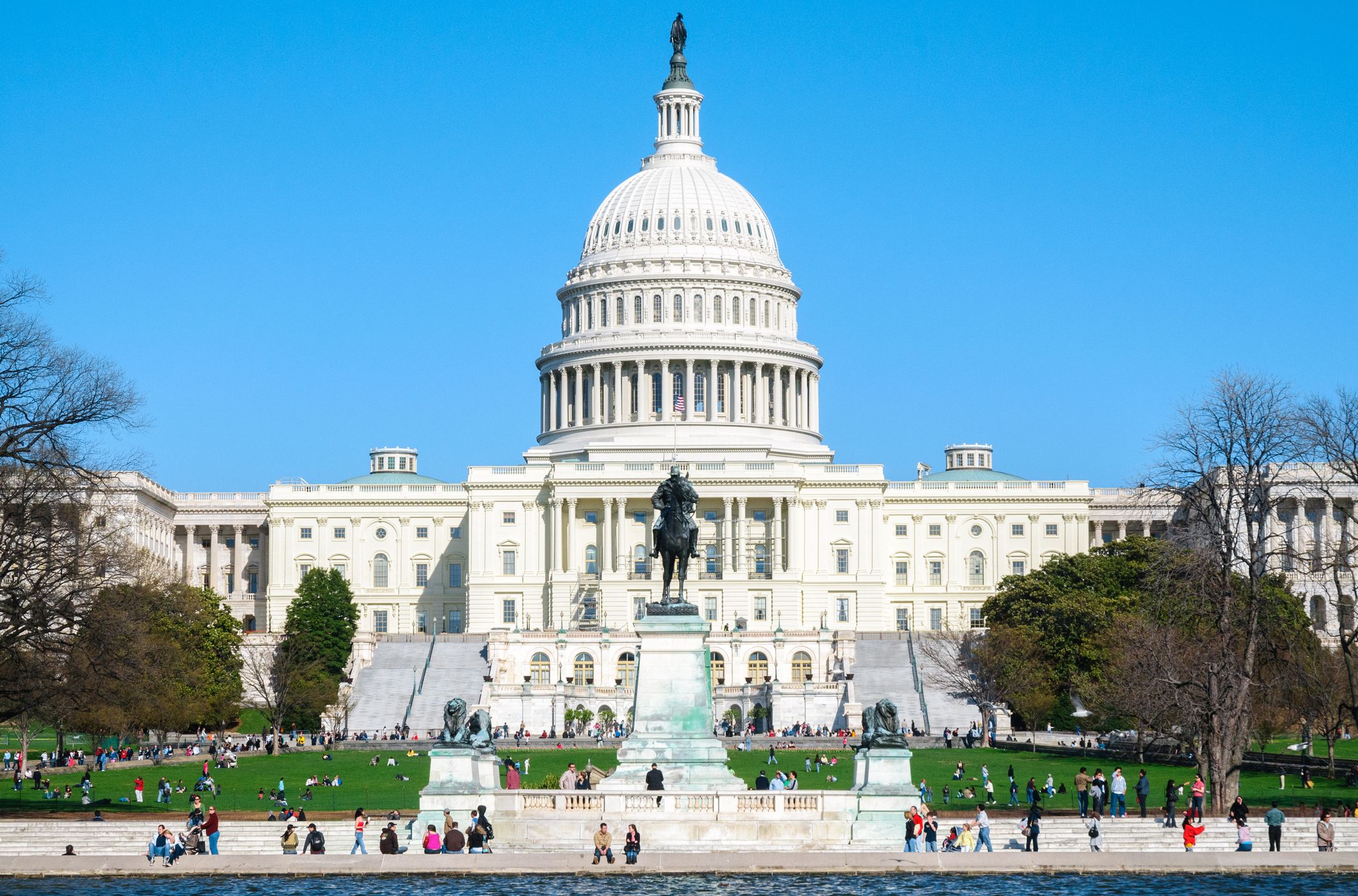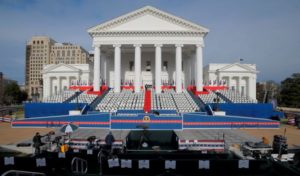
Public Citizen and the Coalition for Sensible Safeguards convened panels of regulatory experts.
As the race for the White House enters the final stretch, several issues have taken center stage as key political battlegrounds, including the economy, foreign policy, climate change, and healthcare.
Apart from these headline-grabbing issues, however, academics and politicians alike have been discussing what this transitionary period could mean for the regulatory landscape. Because regulation touches upon each of these vastly different topics, and often dictates their trajectory, many have found it necessary to explore how the regulatory process has changed and how it can be improved going into the future.
To address these challenges, the Coalition for Sensible Safeguards (CSS) and Public Citizen, two nonprofit organizations that aim to protect the public’s interests through good regulation, held a regulatory briefing on Capitol Hill in June 2016 featuring U.S. Senators Sheldon Whitehouse (D-R.I.) and Elizabeth Warren (D-Mass.) as keynote speakers, as well as two panels of leading regulatory scholars.
Robert Weissman, President of Public Citizen and Chair of CSS, moderated the briefing, noting the importance of making “a fact-based inquiry about what’s worked well and not so well over the last eight years of the Obama Administration.” As this past Administration saw “far-reaching” statutes passed during its earlier portion, as well as regulations that have not been enacted despite the passage of authorizing statutes more than five years ago, he stated that the purpose of the briefing was to reflect on that record to see “what we can continue to do well and do better for the forthcoming administration.”
In his opening remarks, Senator Whitehouse, who has previously contributed to The Regulatory Review, broached the first topic of regulatory capture with words of gratitude for regulation generally. Observing that “medicines are not snake oil mysteries any longer,” he stated that regulation serves the purpose of “protecting the public interest.” He also highlighted the threat of regulatory capture, “where powerful interests gain improper influence over regulatory agencies,” and how the dearth of Congressional attention placed on regulatory capture’s symptoms, effects, and cures is particularly worrisome.
Andrew Rosenberg, Director of the Center for Science and Democracy at the Union of Concerned Scientists, opened the first panel by honing in on three key areas that the panelists would address: regulatory industry and process capture, the changing role of cost-benefit analysis, and the need for agency transparency.
Following Rosenberg’s initial comments, Wendy Wagner, the first panelist and Professor of Law at the University of Texas School of Law, presented her findings on industry or “process” capture from an empirical standpoint. She stated that, “the bottom line . . . is that at least the current empirical research shows that in some settings . . . we’re seeing what appears to be significant industry dominance in each stage of the rulemaking process.” In particular, she observed that an issue central to regulatory capture is that “the design of the administrative process itself creates incentives for the agencies to lean in an industry-favoring direction” because it is a “passive process.” Because agencies have no requirements to actively reach out to groups that are affected or to affected groups that are not represented, the rulemaking process spurs them instead to negotiate with the most litigious and well-financed stakeholders, which are primarily found within regulated industries.
Another panelist, Lisa Heinzerling, Professor of Law at the Georgetown University Law Center, criticized cost-benefit analysis—which is currently a key component of the rulemaking process—for serving as “an anti-regulatory device” over the past four decades. Briefly covering the history of cost-benefit analysis, Heinzerling emphasized how cost-benefit analysis “really took hold with the Reagan Administration” and that across administrations, it has been used “to delay, to weaken, and to defeat regulations.” Rather than improving over the Obama Administration, she found that cost-benefit analysis has gotten “weirder,” citing climate change analysis, the rights of the disabled, and sexual abuse as examples where cost-benefit analysis fails.
The third panelist, Curtis Copeland, a former government specialist and former head of the Executive Branch Operations section in the Congressional Research Service, concluded the first panel with his findings about the Office of Information and Regulatory Affairs (OIRA). While examining the number of rules OIRA reviews annually, he observed that within the last four years, OIRA has been reviewing about one-third fewer rules per year and is taking longer to complete the reviews, causing the rulemaking process to stagnate. Copeland recommended that the next administration focus on increasing OIRA transparency and controlling the length of rule review to improve the pace of regulation.
The second panel, which focused on the topic of regulatory delay, was moderated by Rachel Weintraub, Legislative Director and General Counsel at Consumer Federation of America. She opened this panel by describing several issues faced by the U.S. Consumer Product Safety Commission rulemaking process, noting that these problems, some of which include industry delays, limited resources, and lack of political will, were “just the tip of the iceberg” of the second panel’s focus. She then outlined the respective topics of each panelist, stating that they would further discuss “the documentation of regulatory delays across agencies, trends in delay length, the source of these delays, and . . . one particular rule as it compares and contrasts to others.”
Robert Glicksman, Professor of Environmental Law at the George Washington University Law School, delved into the topic of regulatory delays with respect to the increasing amount of difficulty agencies have with carrying out their statutory missions. He stressed how the sluggishness of the rulemaking process “is unduly encumbered by excessive analytical and procedural requirements” and warned against any further legislation that imposes even more requirements “without any accompanying increase in budgetary resources for agencies.” However, he did note that the pace of rulemaking improved during the Obama Administration, showing that it is possible for agencies to move past some of these delays so long as the President pays adequate attention to it.
Amit Narang, Regulatory Policy Advocate for Public Citizen’s Congress Watch division, and Michael Tanglis, Senior Researcher for Public Citizen’s Congress Watch division, then presented their original report, “Unsafe Delays,” which analyzed more than 20 years of data collected from the federal government’s Unified Agenda on federal regulations. Among other significant findings, the report came to two conclusions: first, the length of rulemaking has increased for many rules, and second, this increased length is even more pronounced for “economically significant” rules, particularly when they also have an advance notice of proposed rulemaking (ANPRM). During the briefing, Narang also stressed the potentially negative impact that regulatory reform bills, such as legislation that would require an ANPRM for all economically significant rules, could have on the duration of the rulemaking process.
Peg Seminario, Director of Safety and Health for the AFL-CIO, then compared the previous panelists’ findings with her own experiences working with the Occupational Safety and Health Administration (OSHA). She stated that, “it’s fair to say that [rulemaking] has grown from a process which was always hard, always contentious, to one that just does not work.” Seminario further observed that the Office of Management and Budget (OMB) has fallen into a gatekeeper role, “adding months, if not years of delays” to major OSHA rules. As an example, she pointed to the rulemaking on occupational exposure to respirable crystalline silica. Due to industry pressure, agency delays, and a lack of transparency, Seminario reported that in total, the rulemaking took 19 years, with an estimated 642 deaths per year occurring due to a lack of these safety regulations.
Senator Warren, who has also previously contributed to The Regulatory Review, concluded the second panel with closing remarks, reiterating the need for improvement in the regulatory process because “too often, giant corporations turn the rulemaking process into the place where strong, clear laws go to die.” She emphasized how the current process is “loaded with opportunities” for industry players to tilt the field in their favor, from early lobbyist pressure to later threats of time-consuming and expensive litigation.
Senator Warren rounded out the discussion by proposing a few principles that might provide lodestones for the coming administration: first, increasing transparency; second, leveling the playing field between public and private interests; third, simplifying complex rules; fourth, cracking down on the revolving door between federal government and regulated industries; and fifth, giving agencies enough resources.
The panelists at this briefing covered a wide array of issues that regulatory agencies and institutions will face in the years ahead. But in the words of Senator Warren, “a new administration presents new opportunities,” and the speakers at this briefing took a step toward improving the regulatory process by identifying areas for the next President to focus on.



